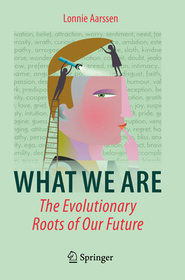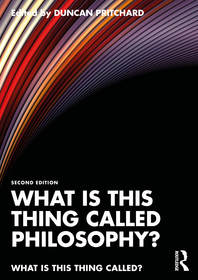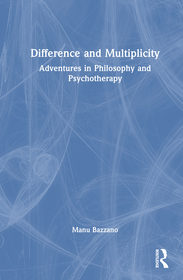
What We Are: The Evolutionary Roots of Our Future
- Publisher's listprice EUR 37.44
-
15 528 Ft (14 788 Ft + 5% VAT)
The price is estimated because at the time of ordering we do not know what conversion rates will apply to HUF / product currency when the book arrives. In case HUF is weaker, the price increases slightly, in case HUF is stronger, the price goes lower slightly.
- Discount 12% (cc. 1 863 Ft off)
- Discounted price 13 664 Ft (13 013 Ft + 5% VAT)
Subcribe now and take benefit of a favourable price.
Subscribe
15 528 Ft

Availability
printed on demand
Why don't you give exact delivery time?
Delivery time is estimated on our previous experiences. We give estimations only, because we order from outside Hungary, and the delivery time mainly depends on how quickly the publisher supplies the book. Faster or slower deliveries both happen, but we do our best to supply as quickly as possible.
Product details:
- Edition number 2022
- Publisher Queen's University
- Date of Publication 6 July 2023
- Number of Volumes 1 pieces, Book
- ISBN 9783031058813
- Binding Paperback
- See also 9783031058783
- No. of pages196 pages
- Size 235x155 mm
- Weight 338 g
- Language English
- Illustrations XIX, 196 p. 42 illus., 34 illus. in color. Illustrations, black & white 476
Categories
Long description:
Other animals are driven to spend essentially their whole lives just trying to get fed, stay alive, and get laid. That’s about it. The same was true for our proto-human ancestors. And modern humans of course also require a Survival Drive and a Sex Drive in order to leave descendants. But today we spend most of our lives mainly just trying to convince ourselves that our existence is not absurd.
In What We Are, Queen’s University biologist, Lonnie Aarssen, traces how our biocultural evolution has shaped Homo sapiens into the only creature that refuses to be what it is — the only creature preoccupied with a deeply ingrained, and absurd sentiment: I have a distinct ‘mental life’—an ‘inner self’—that exists separately and apart from ‘material life’, and so, unlike the latter, need not come to an end. This delusion conceivably gave our distant ancestors some wishful thinking for finding some measure of relief from the terrifying, uniquely human knowledge of the eventual loss of corporeal survival. But this came with an impulsive, nagging doubt — an obsessive underlying uncertainty: ‘self-impermanence anxiety’. Biocultural evolution, however, was not finished. It also gave us two additional, uniquely human, primal drives, both serving to help quell the burden of this anxiety. Legacy Drive generates delusional cultural domains for ‘extension’ of self; and Leisure Drive generates pleasurable cultural domains for distraction – ‘escape’ – from self.
Legacy Drive and Leisure Drive, Aarssen argues, represent two of the most profound consequences of human cognitive and cultural evolution. What We Are advances propositions regarding how a visceral susceptibility to self-impermanence anxiety has — paradoxically — played a pivotal role in rewarding the reproductive success of our ancestors, and has thus been a driving force in shaping fundamental motivations and cultural norms of modern humans. More than any other milestone in the evolution of human minds, self-impermanence anxiety, and its mitigating Drives for Legacy and Leisure, account for not just the advance of civilization over the past many thousands of years, but also now, its impending collapse. Effective management of this crisis, Aarssen insists, will require a deeper and more broadly public understanding of its Darwinian evolutionary roots — as laid out in What We Are.
Table of Contents:
Prelude.- Preface.- Chapter 1 What Have We Done? .- Chapter 2 A Primer on Evolutionary Roots .- Chapter 3Becoming Human .- Chapter 4 Discovery of Self .- Chapter 5 The March of Progress .- Chapter 6 Whispering Genes .- Chapter 7 The Mating Machine .- Chapter 8 Staying Alive .- Chapter 9 Escape From Self .- Chapter 10 Extension of Self .- Chapter 11 The Big Four Human Drives .- Chapter 12 Becoming The Solution Chapter 13 Troubled Minds On Runaway Selection.
More







